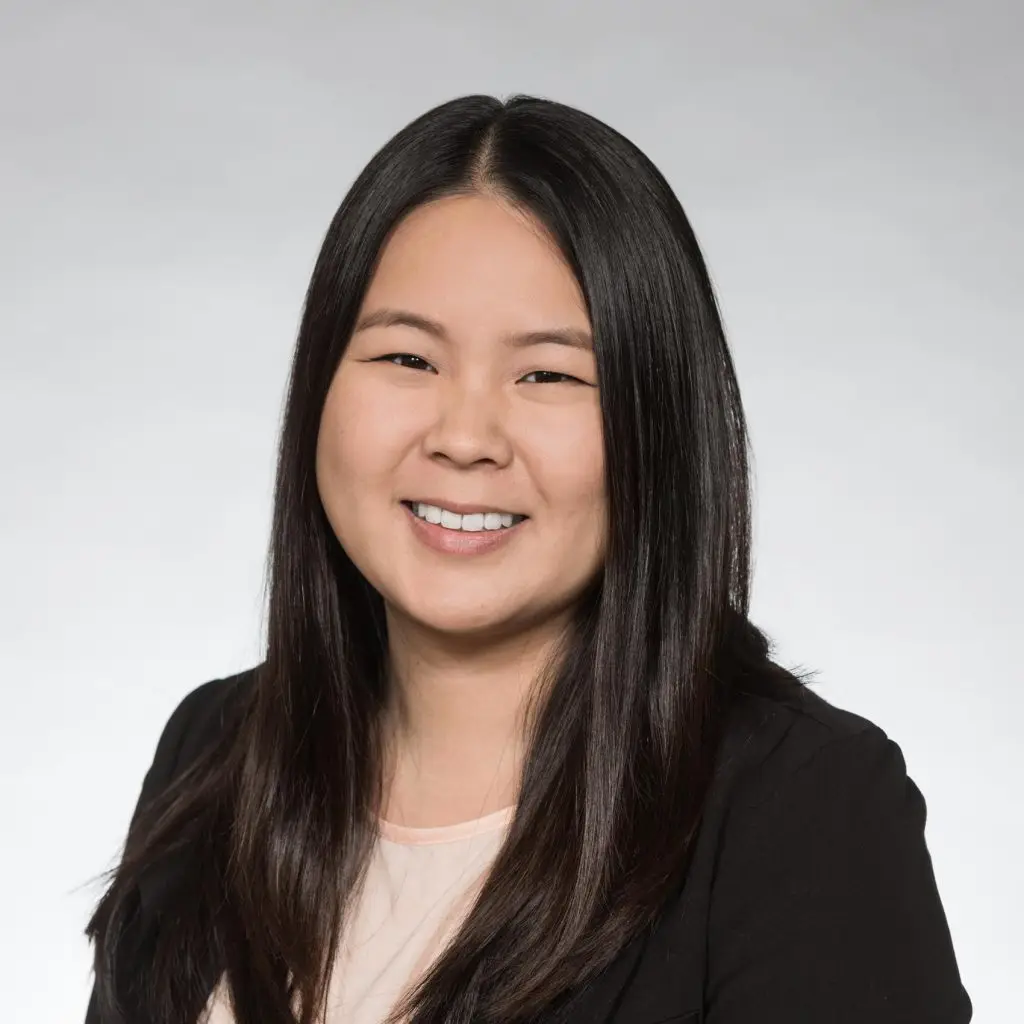The end of an unusual school year is on the horizon, yet few districts have provided details on what, if any, summer learning opportunities their students will have.
Summer school is typically used to make up missed credits, provide enrichment, or give working families much-needed childcare. This year, there are new, urgent needs.
Almost every student will likely need to make up for some learning lost this spring when schools closed due to the COVID-19 pandemic. And, if school buildings are allowed to reopen, the formality of summer school might provide a welcome reprieve from months of the unstructured days families experienced during remote learning. Yet the continuing uncertainty of the public health emergency could lead to only virtual options or none at all.
Our database of 82 districts includes only what districts have posted on their websites or communicated publicly, and it’s quite possible more plans are in the works. But parents need more clarity and districts must plan now so that summer learning can set students up for success this fall.
Districts Are Still Largely Silent on Summer Plans
As of May 12, just 26 of the 82 districts reviewed (32 percent) have stated clearly that summer learning will be available, and even then, much seems up in the air. A handful of other districts have stated their hopes to provide summer learning or that they are evaluating options. Spring terms, on the other hand, remain tethered to end dates, set well before any schools closed. A few districts have actually ended early as remote learning was deemed too difficult.
While many states have laid out detailed reopening phases for society at large, schools are often absent from these plans; districts may not know when their schools will be allowed to reopen. Oregon announced that, as of May 15, summer school would be permitted, but that seems to be an outlier. Illinois’ State Board of Education advised districts to plan for virtual programs based on the state’s projected timeline for reopening. Districts may also be waiting to see what funding is available to pay teachers and staff to work over the summer.
Most Summer Plans Rely on Virtual Learning
Virtual learning may be more likely than in-person instruction. Of the 26 districts with definitive summer learning plans, 17 have already made the decision to stay virtual. While some districts have discussed rejiggering previous summer plans, others refer to existing credit recovery programs. Anchorage’s programs for high schoolers include credit recovery through the district’s iSchool, June 8 to July 17. Students may also take new courses to free up their schedules for other courses this fall. Separately, high schools will extend the current term by one month for students with failing grades to make up assignments. Anchorage’s resources for elementary and middle school students largely fall short of formal instruction, however, middle school students can access one course each through iSchool.
Summer School May Aim to Keep Vulnerable Populations on Track
With concerns that learning loss has disparate impacts, districts may choose to target specific students most in need. Miami-Dade County Public Schools is identifying students with a high absence rate or who did not participate in distance learning for credit recovery or remedial instruction. Later in the summer, it plans to provide students with low academic performance, students with disabilities, and English language learners with instruction that prepares them for their new grade level. This instruction may in person, if permitted under public health guidelines. Additionally, certain current 9th grade Algebra students and 10th grade English students will receive virtual test preparation and tutoring to prepare them for state exams required for graduation.
While unlikely, an alternative to separate summer school would be to jumpstart to the fall term by having everyone return early. Our survey of districts indicates that no district has chosen this option. D.C. Public Schools Chancellor Lewis Ferebee floated the possibility that teachers could “loop”—returning to teach their students from the spring—before advancing students to content in a new grade with new teachers. California Governor Gavin Newsom proposed starting the school year in July; however, districts were quick to raise questions about funding for extra staff time and whether all teachers could safely return to the classroom. In a survey conducted by the Collaborative for Student Success, just 15 percent of teachers indicated a willingness to extend the current school year or to start the next school year early.
Positioning Summer Learning as the First Step Toward Academic Recovery
How districts decide to use this summer should be based on what they are planning in their long-term recovery. As Paul Hill wrote, schools reopening in New Orleans found that any student, regardless of family income, prior school, student age, or pre-Katrina grade level, could experience learning loss; schools had to assess individual readiness and provide years of individualized attention.
Schools could use this summer to begin assessment and individual instruction for the students they know are likely behind—those with absences, poor grades, or learning difficulties. Or they could use this summer to cover missed content for everyone, while building the systems and structures necessary for good assessment, tutoring, and personalized support in the fall.
Regardless of their path, more districts should use this summer to start identifying and addressing learning gaps widened by COVID-19.





